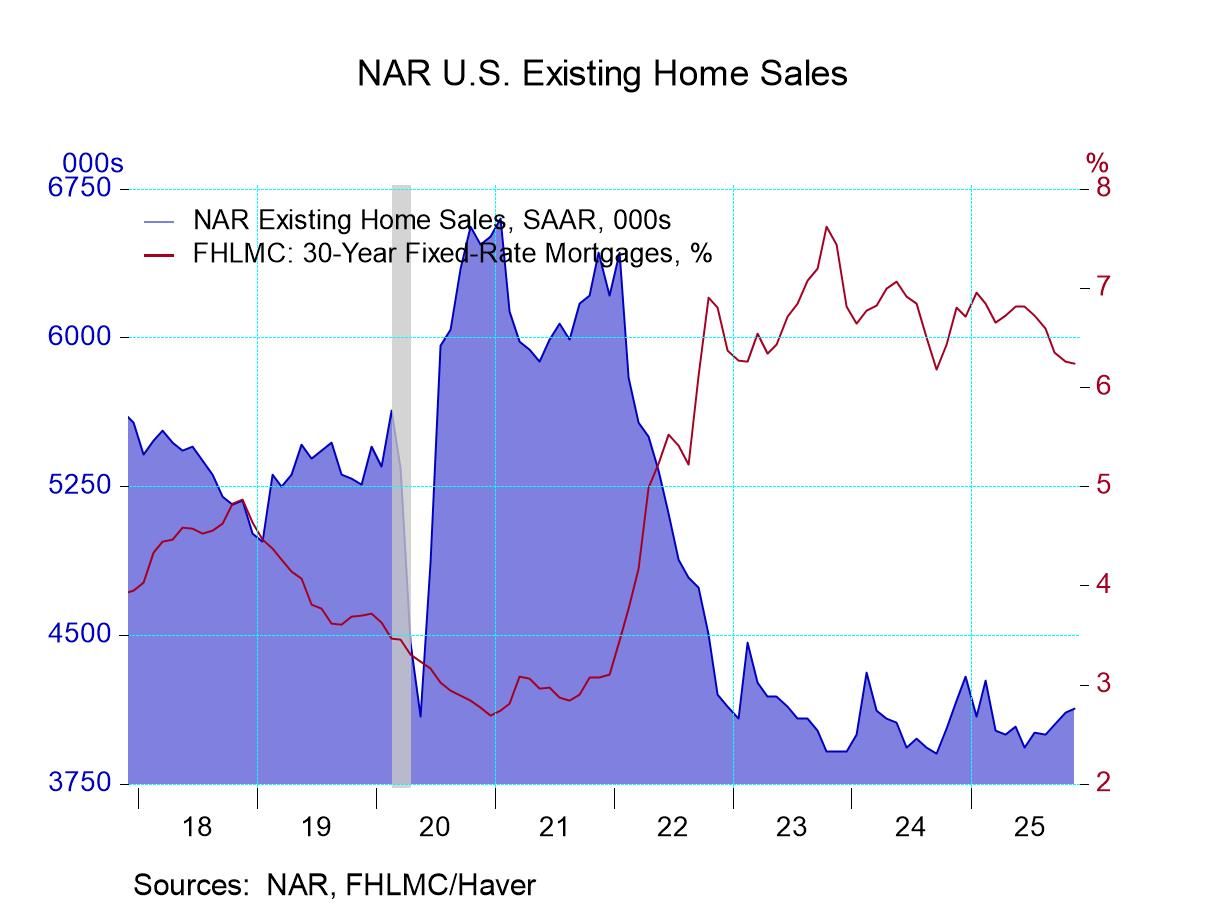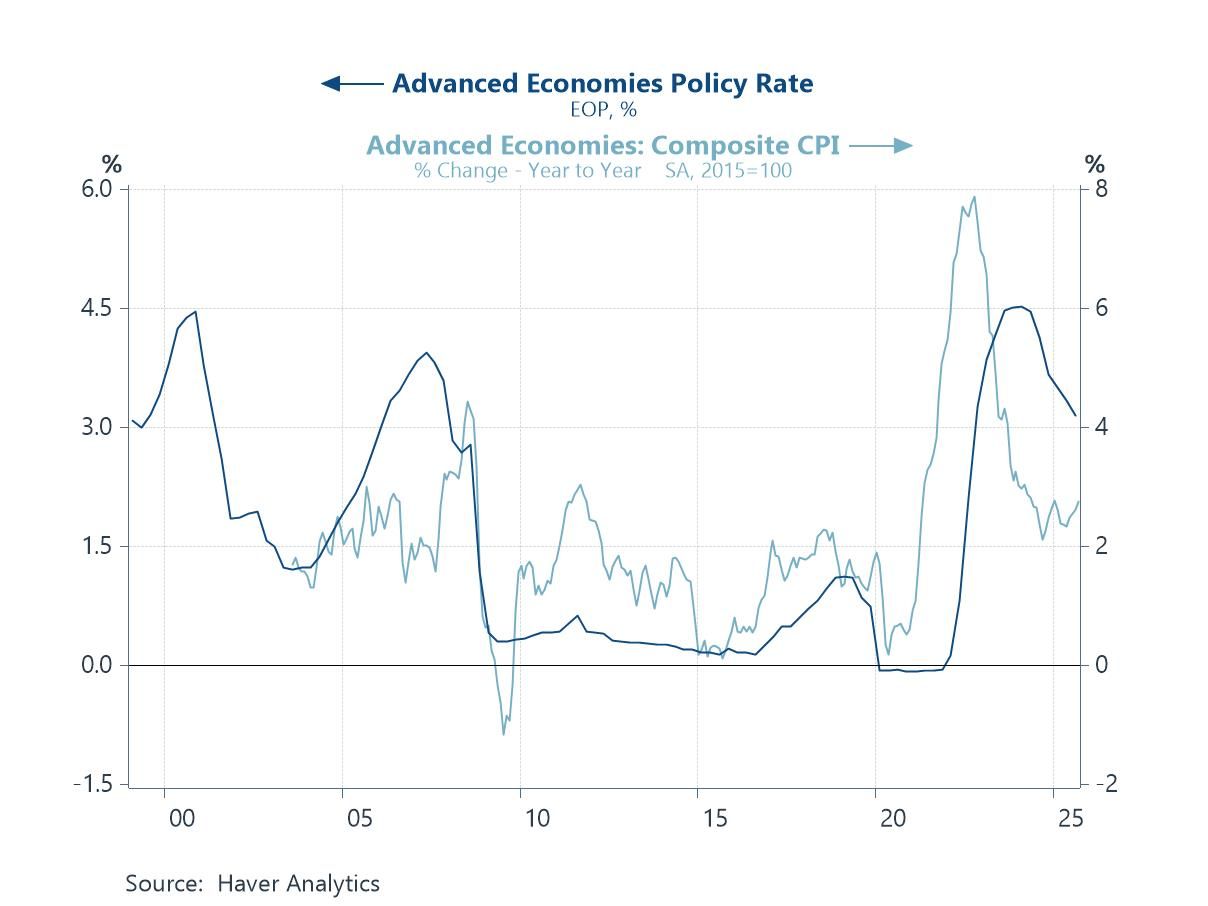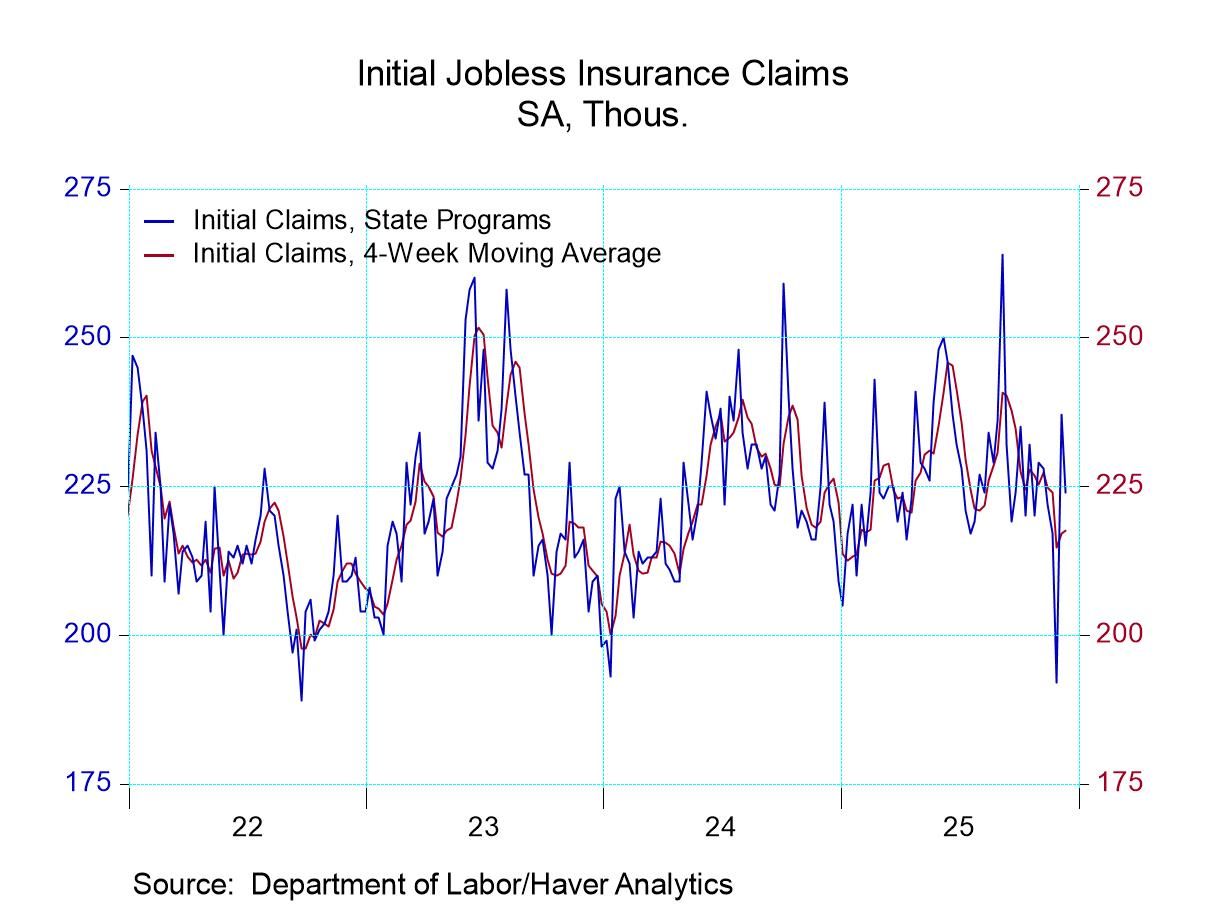 Global| Oct 27 2023
Global| Oct 27 2023Charts of the Week (Oct 27, 2023)
by:Andrew Cates
|in:Economy in Brief
Summary
Financial markets have been more unsettled over the past few days partly because of an escalation of geopolitical tensions in the Middle East. This has been exacerbated by a mixed set of company earnings reports from the United States coupled with lingering concerns about the trajectory of bond yields. In our charts this week we offer some insights on these issues with some perspective on US Treasury yields (in chart 1) and financial market stress (in chart 2). Then, ahead of the ECB’s policy decision later this week, we look at the messages from its latest Q3 survey of bank lending conditions (chart 3). With one eye on this week’s UK labour market release we subsequently focus on how unemployment rates have shifted in the world’s major economies over the last 6 months (chart 4). We then pivot to Asia with some colour on the region’s portfolio flows (chart 5). We wrap up with an update on temperature anomalies and highlight evidence that suggests September marked another month of record-breaking temperatures throughout the globe (chart 6).
US bond yields As noted, the surge in US (and global) bond yields in recent weeks has unnerved investors. Several factors potentially account for this trend including a tighter-for-longer Fed policy stance amidst stronger-than-expected US growth data, fiscal policy funding pressures, rising oil prices and mounting inflation concerns. However, as chart 1 below indicates, most of the increase in nominal yields over recent months can be traced to higher real yields. Inflation expectations, in contrast, have been relatively steady. This implies that robust economic growth alongside monetary and fiscal policy considerations have played a more significant role than inflation worries in pushing nominal yields higher. While difficult to estimate, there are strong suggestions too that the term premium –the additional return investors receive for holding longer-dated Treasuries - has also been climbing, a function of heightened uncertainty about the safe haven appeal of US government debt.
Chart 1: US 10-year bond yields – real yields and inflation expectations

Financial stress The ECB’s composite indicators indicate a notable rise in financial stress across Europe in recent weeks. After reaching multi-month lows in mid-September, these indicators—for both the euro area and the UK—point to levels of financial stress not seen since mid-April. During that period, escalating financial instability was driven by profound worries about the health of both the US and European banking sectors. It seems notable, nevertheless, that US stress, while off its lows, has climbed only modestly over the last few weeks.
Chart 2: The ECB’s composite indicators of financial stress in the US and Europe

Banking conditions in the euro area The ECB’s latest bank lending survey underscored that the ECB’s tightening campaign is accentuating a broader slowdown in the euro area economy. Credit standards in Q3 were tightened again for households and companies, albeit not as aggressively as they were in Q2. More significantly, however, demand for loans by both households and firms declined by more than banks had expected. Overall levels of demand, moreover, remain very weak and at levels that have previously been associated with a recession (chart 3).
Chart 3: ECB Bank Lending Survey: Credit standards and credit demand

Unemployment comparisons The UK’s Office for National Statistics (ONS) created new “experimental adjusted” series for unemployment, employment, activity and inactivity in this week’s delayed labour market release. They revealed a modest downward revision to the UK’s unemployment rate during the May-July period (now 4.2% from 4.3%). Still, the bulk of the increase in unemployment that had already been recorded by the ONS, based on the previous methodology over the past year, remained intact. As chart 4 below suggests, looking at changes in the unemployment rate in a selection of major economies, that continues to place the UK in a relatively unfavourable light.
Chart 4: Unemployment rates in selected major economies: 6 month changes

Asia’s portfolio flows Early this year, Asia witnessed a significant rebound in portfolio flows compared to the pronounced outflows seen in 2022. A considerable portion of this uptick can be attributed to equity inflows, particularly into China, India, and South Korea. Concurrently, debt outflows from China showed signs of abating. However, it's worth noting that Asian assets have faced substantial selloffs in recent months, a consequence of US yields rising to new highs and amplifying yield differentials with Asian economies.
Chart 5: Net portfolio flows into the Asian region

Global temperature anomalies According to the National Oceanic & Atmospheric Administration the average global temperature in September 2023 was 1.44 degrees Celsius above the 20th-century average of 15.0 degrees. That ranked as the warmest September on record. September 2023 also marked the 49th-consecutive September and the 535th-consecutive month with temperatures above the 20th-century average. Africa, Europe, North America and South America each had their warmest September on record. Asia had its second-warmest September, while September in Oceania ranked third warmest.
Chart 6: Global surface Temperature Anomalies

Andrew Cates
AuthorMore in Author Profile »Andy Cates joined Haver Analytics as a Senior Economist in 2020. Andy has more than 25 years of experience forecasting the global economic outlook and in assessing the implications for policy settings and financial markets. He has held various senior positions in London in a number of Investment Banks including as Head of Developed Markets Economics at Nomura and as Chief Eurozone Economist at RBS. These followed a spell of 21 years as Senior International Economist at UBS, 5 of which were spent in Singapore. Prior to his time in financial services Andy was a UK economist at HM Treasury in London holding positions in the domestic forecasting and macroeconomic modelling units. He has a BA in Economics from the University of York and an MSc in Economics and Econometrics from the University of Southampton.






